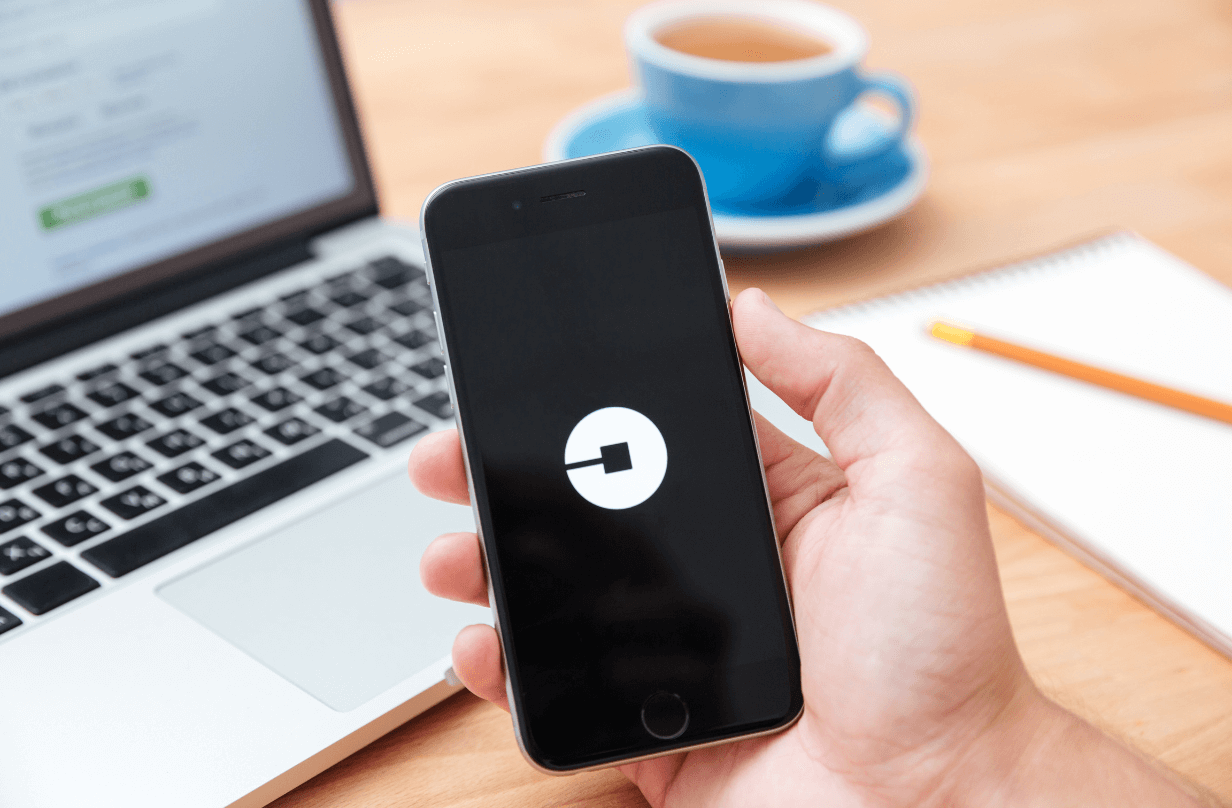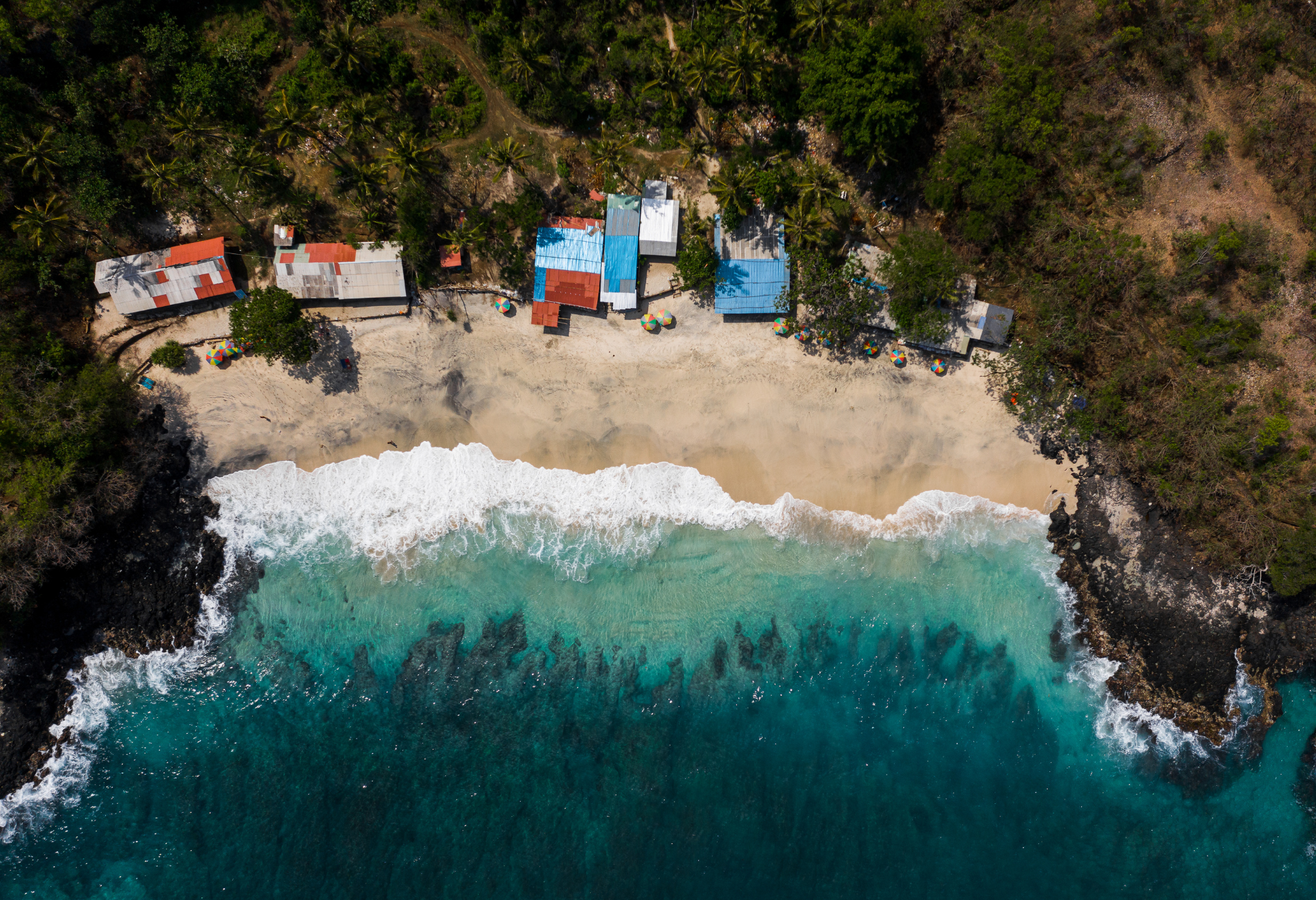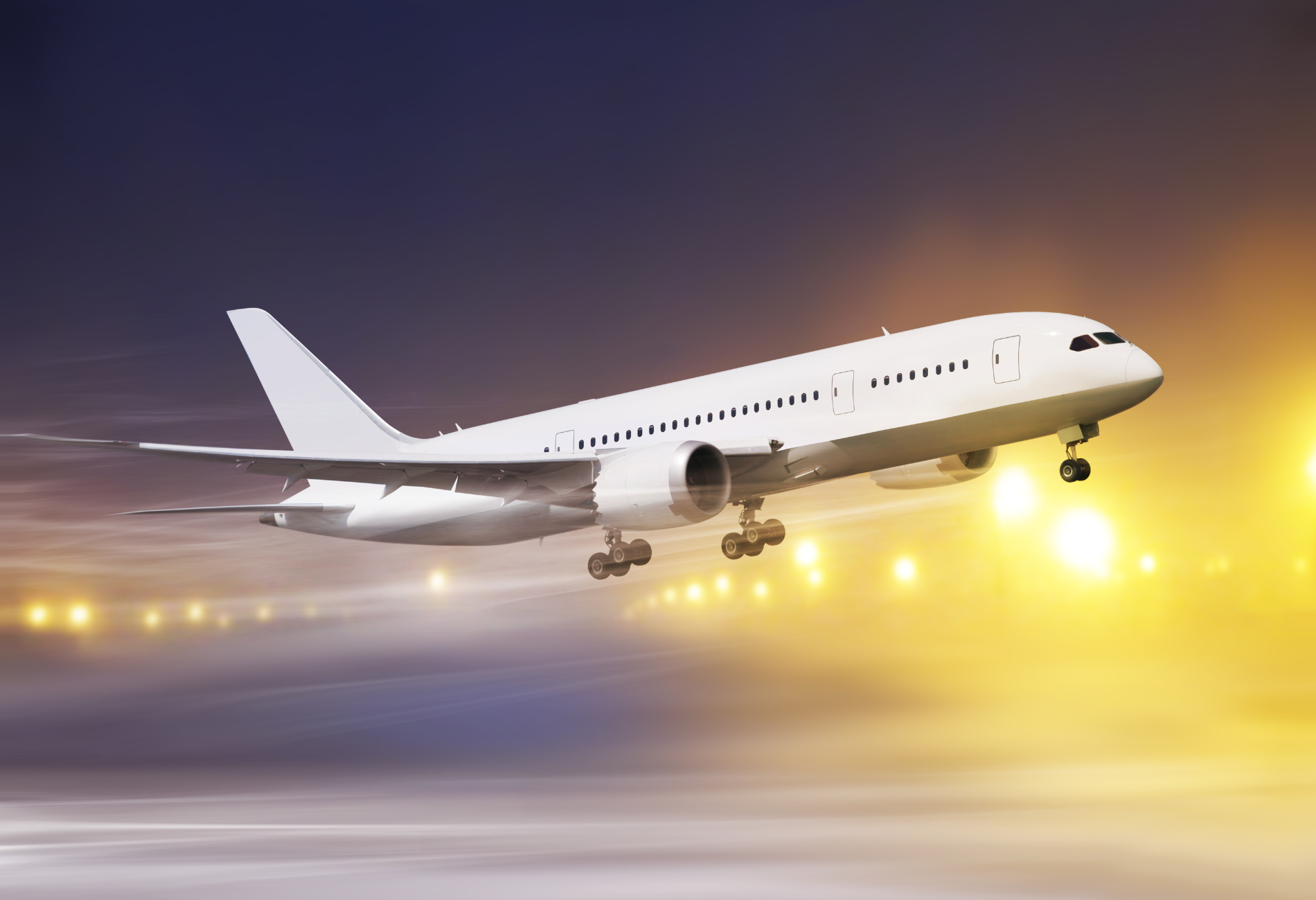Freezing fake accounts, front-facing video recording, and fewer left turns. These are all new safety features that Uber is implementing after receiving feedback from drivers.
It turns out Uber drivers have been having a difficult time dealing with riders using fake names. The ride-sharing app was allowing riders to change their names but it resulted in some riders choosing offensive names or using cartoon character names. Drivers expressed that this has made pickups challenging and uncomfortable. Now, Uber will be auditing rider names and freezing any accounts with blatantly fake or offensive names.
Uber also plans to expand the audio and front-facing video recording features it has been piloting in a few US cities. The recordings will not be available to riders or drivers unless the driver wants to report a certain part of the recording to Uber for safety-related reasons.
Uber’s in-app navigation system is also getting a safety update. The app will now suggest fewer left turns to drivers, which account for 22% of crashes according to the National Highway Traffic Safety Administration.
Personally, I’m all for whatever makes getting from point A to point B quicker and safer, even if it means I’m not allowed to use Ariana Venti as my name on the app anymore.









 by your friends at The Daily Navigator
by your friends at The Daily Navigator



